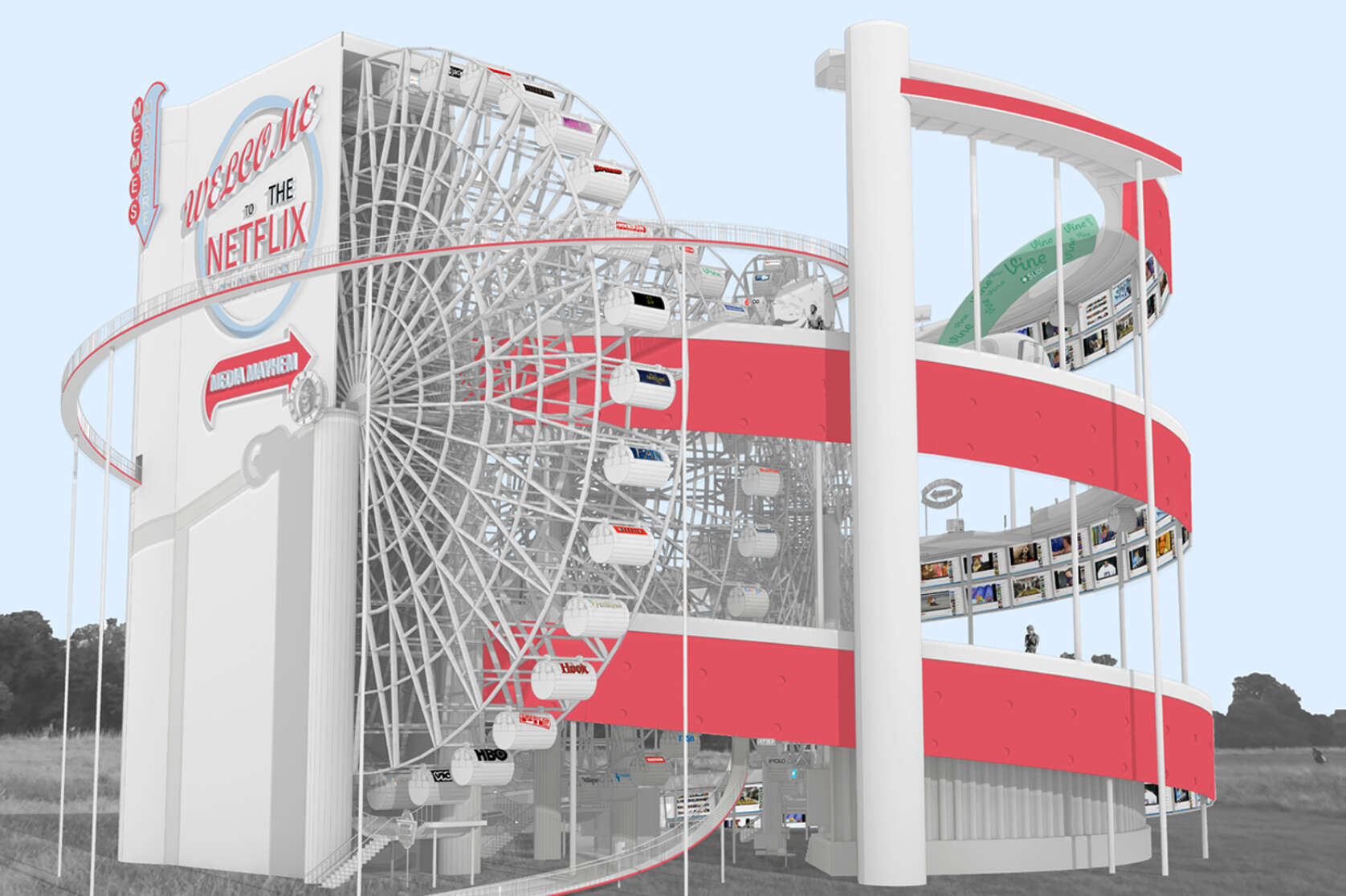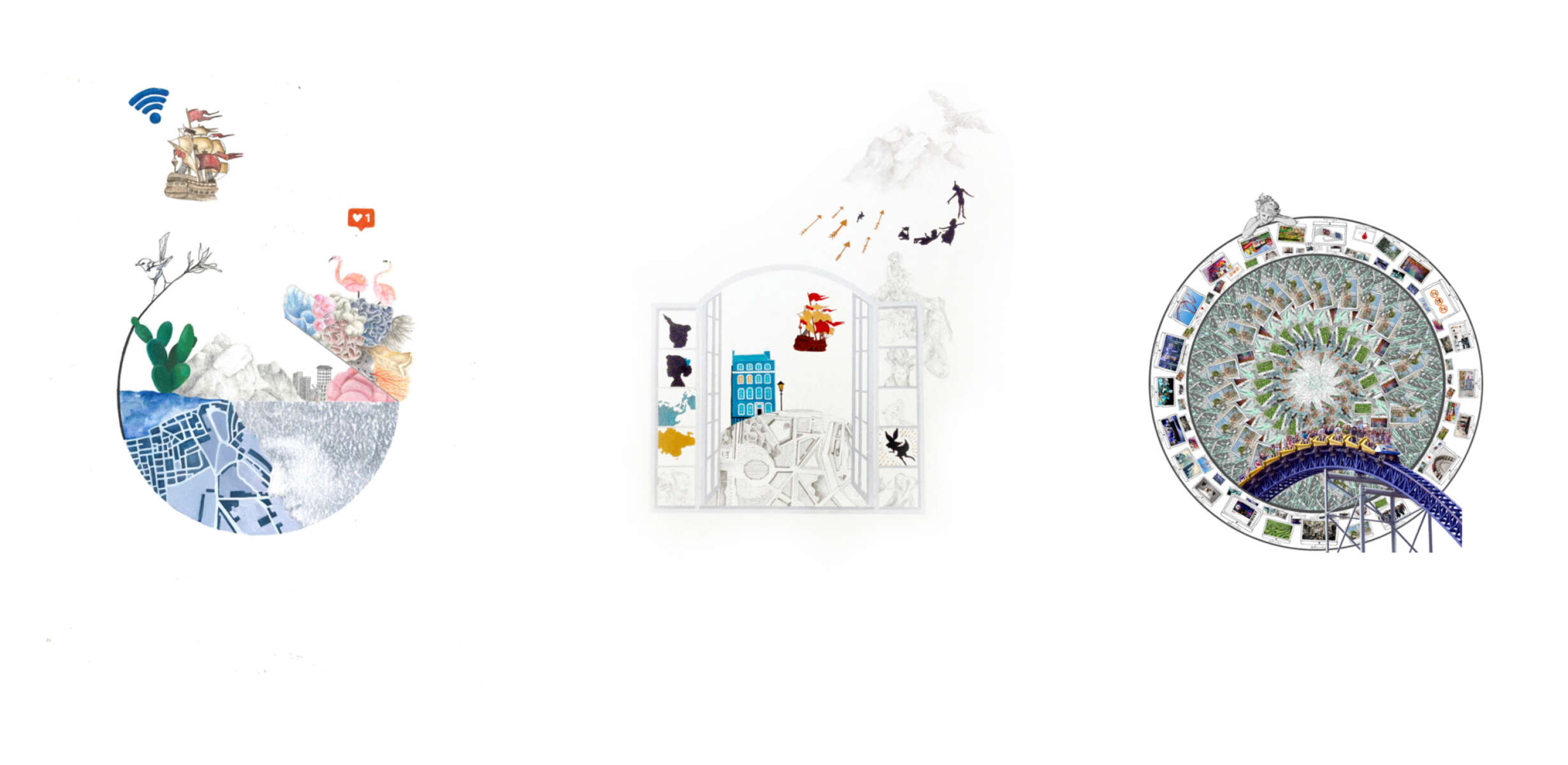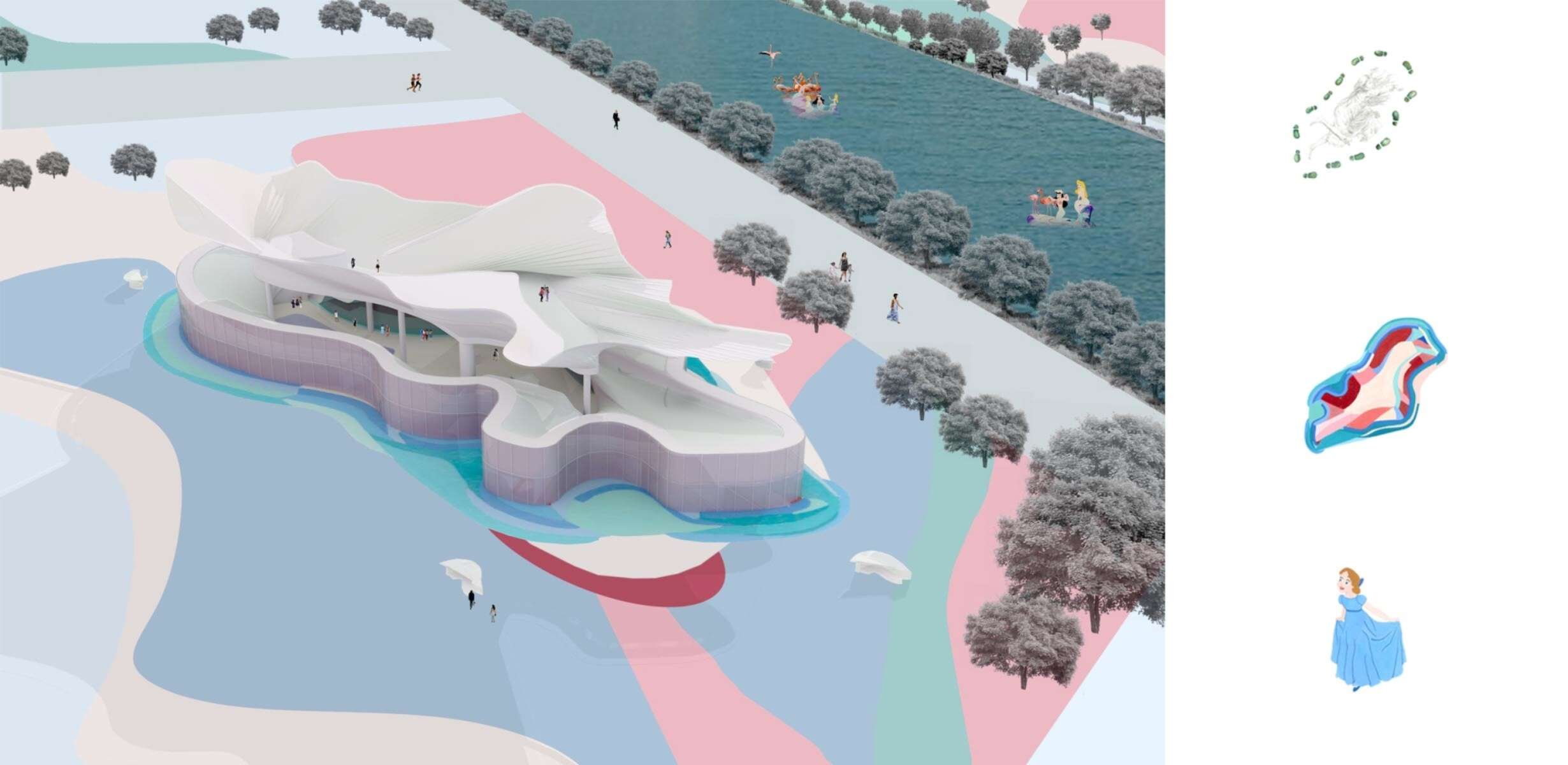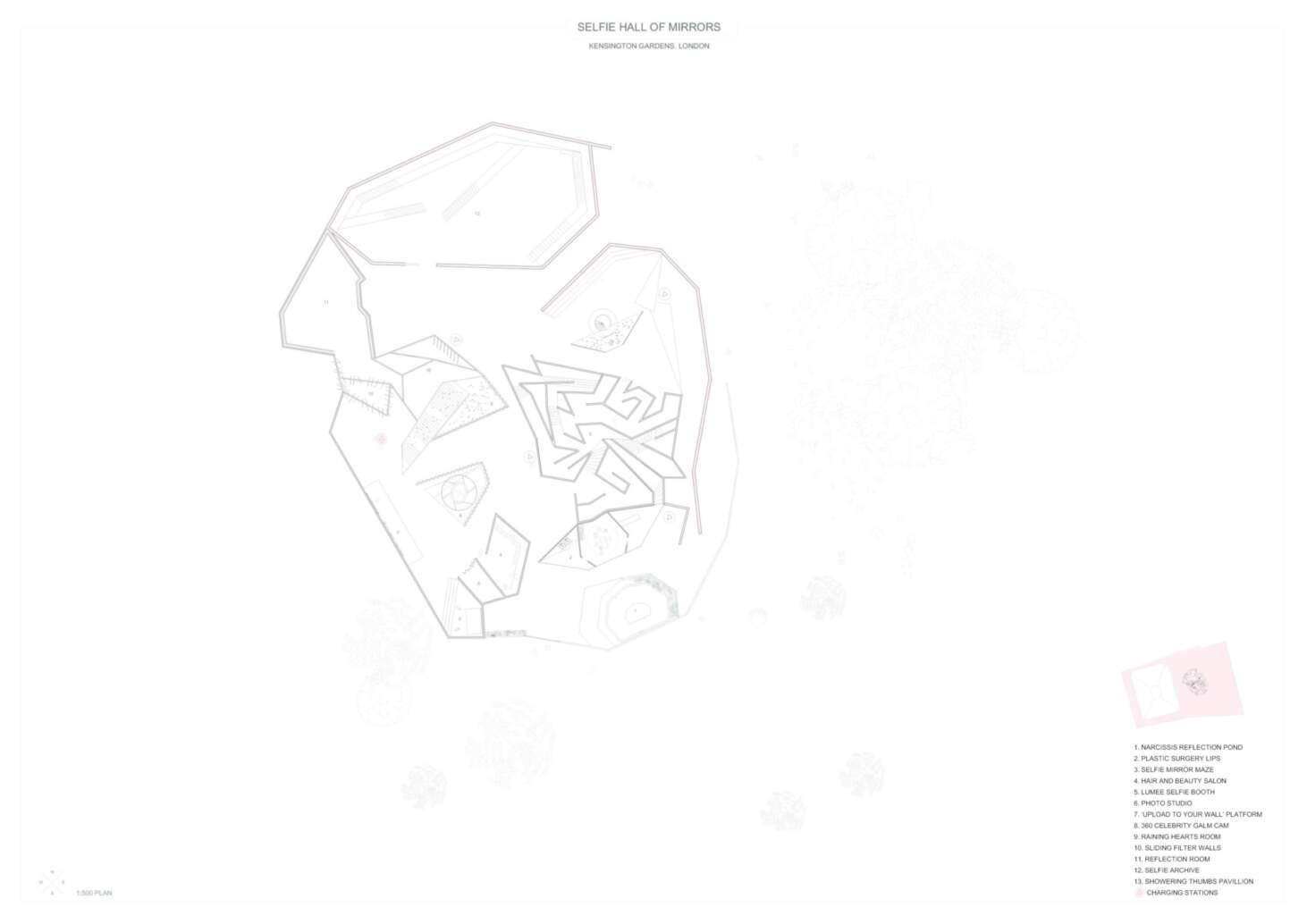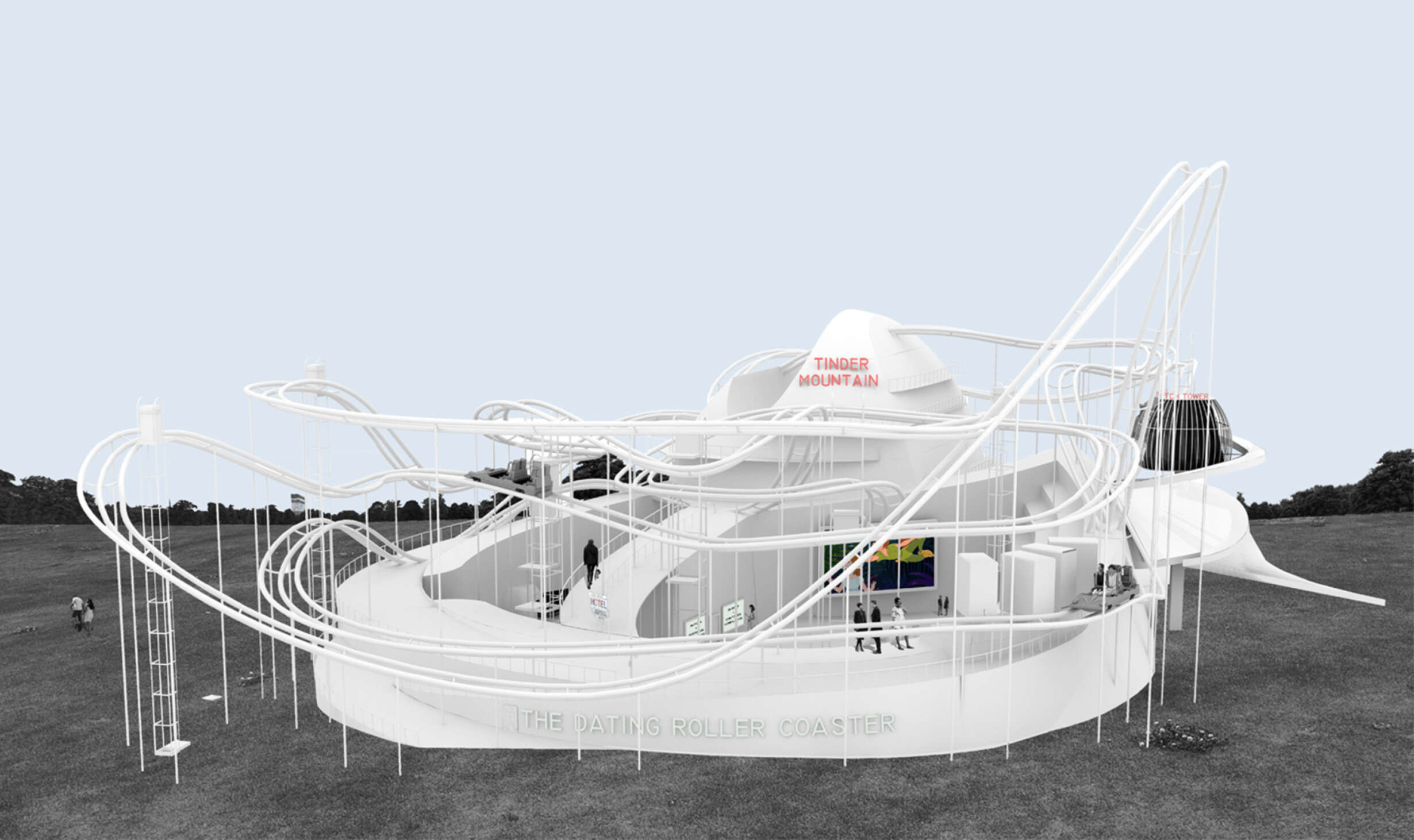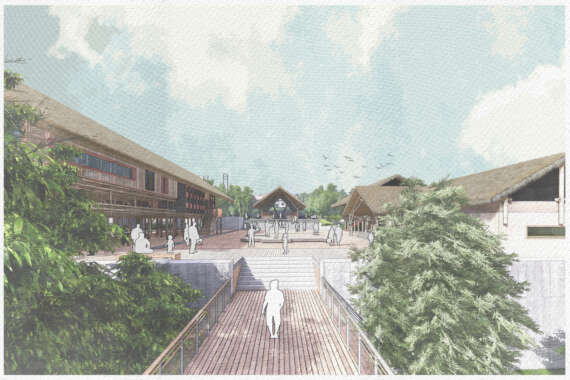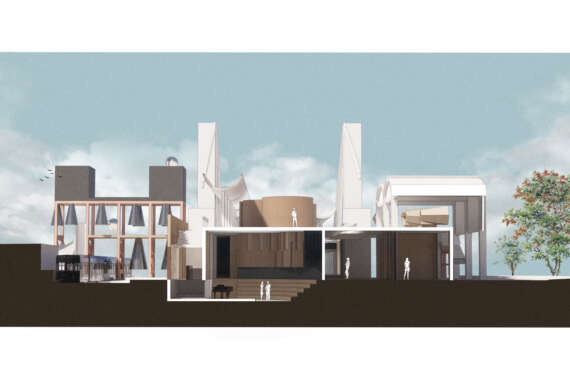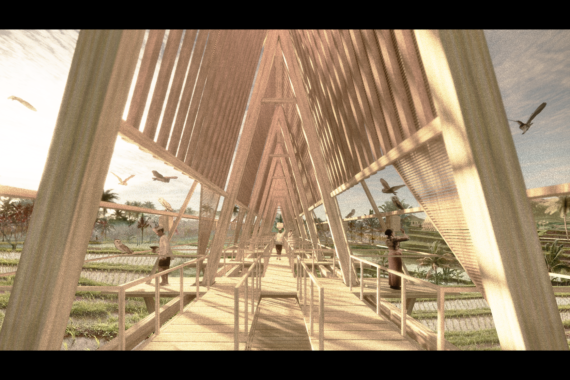This thesis embodies a close reading of J.M. Barrie’s famous novel, Peter and Wendy, to establish a new Neverland in the context of a modern millennial world. The Peter Pan narrative depicts the conflict between the innocence of childhood and the responsibility of growing up and facing adulthood – a conflict echoed in today’s society. In the novel, the coming of Peter Pan disrupted the lives of Wendy and her brothers through their journey to Neverland and subsequent adventures, while today, the coming of the internet, the growth of social media and globalisation have disrupted the lives of millennials.
As a generation predicted to hold contrasting traits including open-mindedness, confidence and tolerance versus narcissism and entitled tendencies, this thesis interrogates who the millennials are and how they experience architecture, predominately through technology and social media.
The vehicle for investigating such ideas of architectural provocations to critique the life and traits of the millennial generation is unveiled in London’s Kensington Garden – a theme park where the statue of Peter Pan welcomes all visitors, inviting them to step through the window into the Millennial Neverland. The park negotiates the kaleidoscopic map of life in an ever-changing world unknown to previous generations. Feeding on the experience of the Peter Pan generation’s existence, the Millennial Neverland proposes a variety of rides and entertainment attractions.
Through the manifestation of a Millennial Neverland, this thesis argues that millennials as a cohort experience architecture and life in rather different ways to their baby boomer parents. Their comprehension of growing up with rapidly advancing knowledge, amplified by engagement and competency in technology, provides new understanding of world experiences that shape their perceptions.
